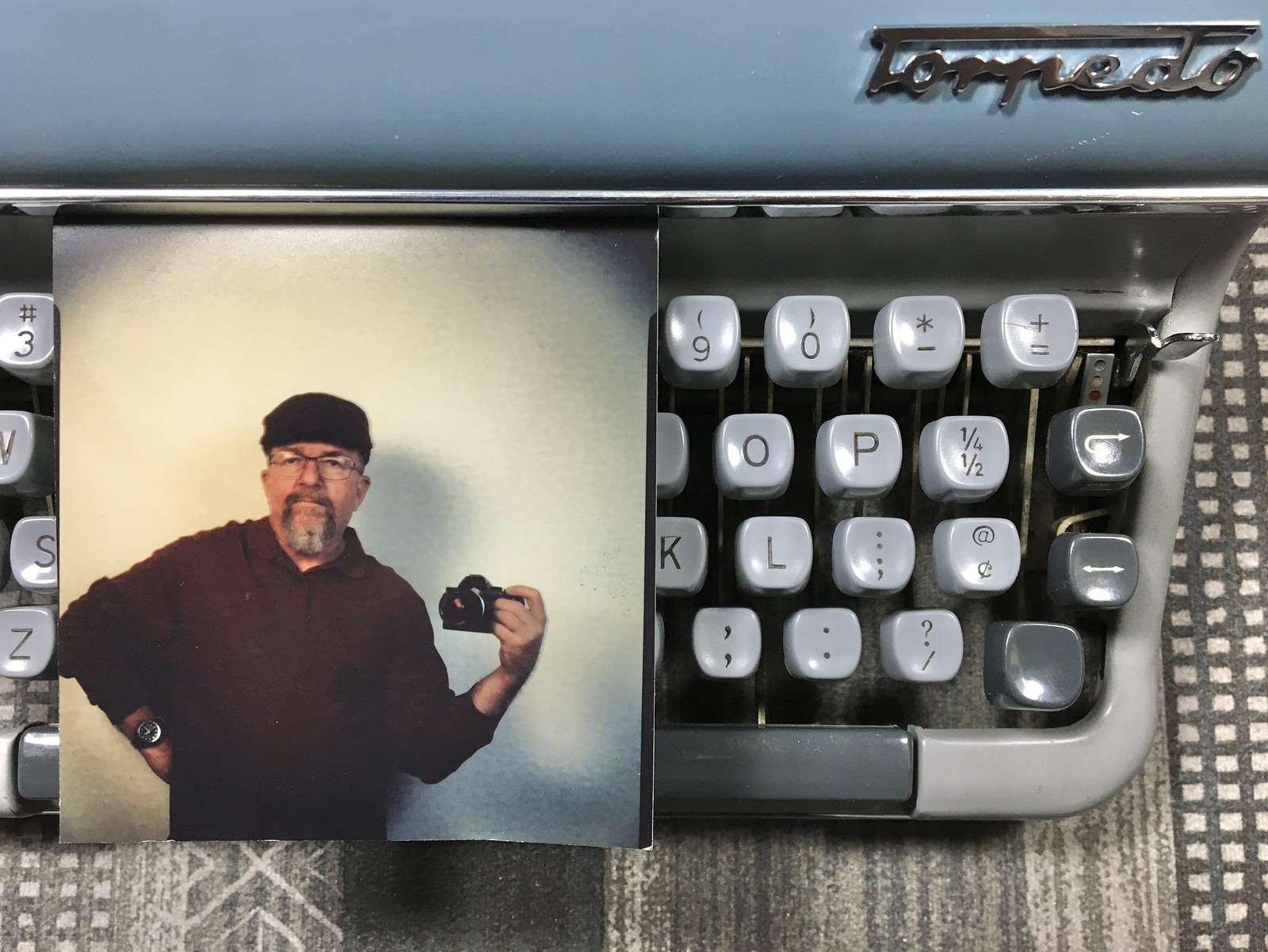Direct Positive Color Prints? Yes!


The nice thing about receiving the Cameradactyl Pinholio was that I had the opportunity during last week's visit to choose my color for the pinhole cap (gray), and also to watch his 3D printers begin their slave-like work of printing the parts for the camera.

The Pinholio has an internal pull-shutter, and a removable threaded front pinhole cap. Once the exposure is made, the shutter is closed and the pinhole cap replaced with a 3D-printed, light-proof pour spout, the kind seen on film developing tanks, permitting the paper to be processed within the same camera, out in the field. Since all the parts are made of resilient plastic, exposure to chemicals is no problem.
I hope to soon begin testing the camera, both for exposing and process paper negatives, as well as the peroxide/citric acid reversal process. One caveat with that reversal process is the effective film speed of the paper drops to sub-ISO 1 values, meaning for this pinhole camera with an aperture of F/235 I'm looking at exposure times in bright sun of >10 minutes. Probably too long for seated portraits!
It is for this reason that I'd like to convert (or have Ethan 3D print) a lens cap adapted for a single-element meniscus lens. I've seen a plethora of such lenses available online at places like Surplus Shed. My idea is to build a spacer that fits between the rear flange of the inner box and the rear lip of the front part of the camera, to serve as a focal length extender that would preset the camera for a certain focal range, for use with seated portraits. A fast enough lens should permit exposure times in bright sun of a second or two. Then to be able to process the paper into a unique positive print would be a blast. The inner rear portion of the box slides in and out in a well-designed light trap slot that seems near ideally suited for focus adjustments. Since the intended design holds the paper tight against the rear of the camera by the two box halves completely closed, I'd use a loop of masking tape on the reverse side of the paper, since I'd be extending the box for focusing.
With a changing bag, a person could use this handheld "Afghan Box Camera" for making portraits in public. I'll keep this blog updated with progress.
Labels: Cameradactyl, direct positive process, Ethan Moses, pinhole

3 Comments:
Wow! those are some neat inventions. I'd love to start playing with direct color, but I have yet to try direct B & W. The idea behind that pinhole camera is great. Your idea for public portraits might go nicely with impromptu typewriting poetry.
I remember seeing in a Sears catalog, special heavy inked typewriter ribbons for Remington and Underwood noiseless typewriters.
Phil
Can't wait to see what you do with this mew camera and process
Post a Comment
<< Home